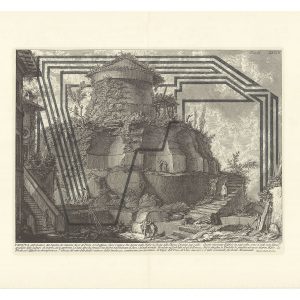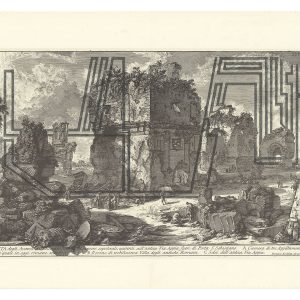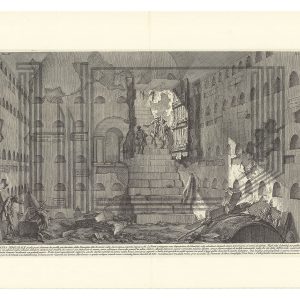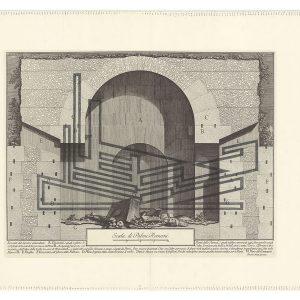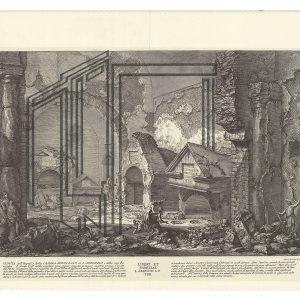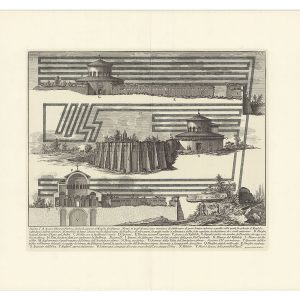“Un dialogo tra l’essere umano e i luoghi abbandonati nel tempo, dal Piranesi al postgraffitismo”.
Il progetto “Resti presenti, Rovine future” nasce dall’analisi di una realtà scomoda: la presenza di rovine architettoniche che coinvolgono tutto il territorio italiano. L’artista guarda alle rovine interrogandosi sulla loro valenza simbolica: che cosa significavano questi resti per gli uomini del passato? Quando una rovina si può definire tale e che come si possono interpretare e vivere questi luoghi ormai abbandonati?
Basandosi su documentazioni storiche quali le Antichità Romane Tomo I, Tomo II, Tomo III si può notare come il tema dei resti architettonici abbia fortemente interessato la produzione artistica del ‘700 di Gian Battista Piranesi, lasciandoci in eredità una vasta raccolta di riflessioni. Tuttavia, il fascino delle rovine non è andato perso nel tempo e il poter dare vita a ciò che gli altri ritengono ormai morto è un tema ricorrente nella scena artistica attuale.
L’artista concentra la sua produzione attraverso la creazione di interventi site-specific non invasivi in zone urbane dismesse, con il fine di riqualificarle dando loro nuova vita e significato.
In questo caso, Nicolò Link Hg Andreatta sviluppa la sua ricerca creativa partendo dalle incisioni di Piranesi, per poi reinterpretarle secondo la sua visione contemporanea. Si creano così delle realtà oniriche nelle quali passato e presente coesistono e dialogano tra loro. “Resti presenti Rovine future” pone degli interrogativi urgenti sullo spazio e su come noi lo percepiamo in base al nostro vissuto quotidiano. Che cosa dà vita ad un luogo? E’ fondamentale un costante intervento umano oppure la semplice attribuzione di un significato basta come condizione necessaria e sufficiente per rendere un luogo significativo?
“A dialogue between human being and places abandoned in time, from Piranesi to post-graffiti.”
The project “Remains of the present, future Ruins” starts from analyzing an uncomfortable fact: architectural ruins are scattered all across Italy. The artist looks at these ruins, and wonders about their symbolic meaning: what did these ruin mean to man in the past? When can a ruin be defined “a ruin” and how can we interprete and live this now abandoned places?
Relying upon historical documents such as Antichità Romane Tome I, Tome II, Tome III, we can see how architectural ruins as a theme has vehemently influenced GianBattista Piranesi’s artistic production in the 1700s, leaving us with a vast legacy of considerations.
And the ruins’ charme did not get lost in time: getting back to life something that is dead for everyone else is a recurring theme in contemporary art scene.
The artist focuses his production through a series of site-specific, non-invasive interventions in abandoned urban areas, with the aim of re-qualifying them, giving them life – and a purpose – back.
In this instance, Andreatta (Link Hg) develops his creative research starting from Piranesi’s engravings and reinterprets them according to his own contemporary vision. This creates dreamlike realities, where past and present coexist – and have open dialogue. “Remains of the present, future ruins” asks urgent questions about space – and how we perceive it based on our everyday life experiences.
What constitutes a place? Is the fundamental element constant human intervention – or just giving it a name and meaning can be in itself a sufficient condition to make a place meaningful?

